During this tour, you’ll visit the most important sites from the beginning of WW1. You’ll visit Bosnia, Serbia, Montenegro, Albania, and Greece and return to the time of great battlefields in WW1. Also, you’ll visit other attractions in Serbia and Bosnia: middle age monasteries and churches, fortresses, authentic villages, royal complexes and also, you’ll enjoy great landscapes and delicious Serbian specialties for which the Balkan is well known!
Day 1
Sarajevo (D)
This tour begins in Sarajevo, the city where the assassination of the archduke Franz Ferdinand took place in June 1914. The assassination was a trigger for the beginning of the First World War. Transfer to the hotel, accommodation and refreshment. Tour will continue with sightseeing of the city: Spring of River Bosnia, Ilidža, City hall, city bridges, Bascarsija, the old part of town… all of which were the targets during the WW1. At the end of the day, we’ll have dinner in a local restaurant well-known for specialties from this area. Overnight in a hotel.
Day 2
Sarajevo – Višegrad – Mećavnik (BD) (approx.100 km)
This day will be dedicated to Ivo Andrić, the famous Serbian author and the Nobel Prize winner. We’ll visit Višegrad, the Bridge on the Drina River as well as Andrić town, a stone town built by the film director Emir Kusturica. This area was also known for numerous maneuvers that were held during the WW1. Continue to Mokra Gora (Serbia). Before accommodation in the hotel, we’ll take a ride with a steam power train known as the Sargan Eight, which was built by the Austro-Hungarian monarchy. This railway will take you through the beautiful landscape of the Tara and Zlatibor mountains. Accomodation in hotel Mećavnik. Dinner in an authentic restaurant in the hotel. Overnight.
Day 3
Mećavnik – Ljubovija – Koviljača Spa (BD)(approx. 100 km)
After breakfast, departure to Ljubovija, the town near which the Drina battle took place. This was the second breakthrough of Austro-Hungarian army that the Serbian army tried to stop. Continue through Koviljača Spa to Gučevo. Here, we’ll visit the monument dedicated to Austro-Hungarian and Serbian soldiers. From this place, you’ll enjoy the gorgeous view at Mačva region, Drina River and the Cer mountain, where the Cer battle took place. Upon arrival in Banja Koviljaca, accommodation and dinner. Overnight.
Day 4
Banja Koviljaca – Valjevo – Lazarevac – Belgrade (BD) (approx. 150 km)
After breakfast, we’ll continue to Valjevo. In this town, we’ll visit the old part of the city, called Tešnjar, now reconstructed and rebuilt and adjusted to trade and old craft manufactory. On the way to Belgrade, we’ll stop to visit the monument to fallen Austro-Hungarian and Serbian soldiers in Lazarevac. Arrival in Belgrade in evening hours, dinner and accommodation in the hotel. Overnight.
Day 5
Belgrade (BD) (approx. 15 km)
We’ll start the day with a half-day sightseeing tour. The tour will begin at the Kalemegdan Fortress, continuing through Knez Mihailova Street, main pedestrian zone, through Terazije to St. Sava Temple, the biggest Orthodox temple in the Balkans. Continue to Topčider and Košutnjak. There is a monument dedicated to all the soldiers who died the WW1. Also, there are two other monuments, both of which were built by the Germain Marshall fon Makenzen. Return to the city center. Free time. In the evening hours, we’ll make “Rakia tour”, during which you’ll taste 5 different flavors of genuine Serbian brandy. After that, we’ll take you to Skadarlija, the bohemian part of the city for dinner. Overnight.
Day 6
Belgrade – Monastery Krušedol – Sremski Karlovci – Petrovaradin Fortress – Novi Sad – Belgrade (BL) (approx. 150 km)
After breakfast, depart to the northern province of the country. The first stop will be one of 16 Orthodox monasteries situated in the Fruska Gora mountain. We’ll visit the Monastery Krušedol, the endowment of the last Serbian ruler, built around 1510. After the visit to the monastery, we’ll continue to Sremski Karlovci, a small town on the Danube shore where we’ll have wine and honey tasting. Continue to Petrovaradin, where we’ll visit the famous fortress, that base of the Austro-Hungarian army. After crossing the bridge, we’ll enter Novi Sad. Sightseeing of the city. Short free time. Departure to a farm in the vicinity of the city where we’ll have a traditional Vojvodina’s lunch. In the evening hours, departure to Belgrade. Overnight.
Day 7
Belgrade – Topola – Oplenac – Kragujevac – Kraljevo (BL)(approx. 120 km)
After breakfast, depart to Šumadija, the heart of the country. Arrival in Topola and Oplenac, a city where the complex of the royal family Karadjordjevic is situated. We’ll visit St. George Church and mausoleum. Departure to village Orašac, where the First Serbian Uprising started in 1814. We’ll have lunch in a rural restaurant. After lunch, we’ll continue to Kragujevac, the city that was the capital of Serbia after the liberation from Ottoman rule. Also, Kragujevac was place of high command in WW1. We’ll visit the Memorial Park Šumarice dedicated to casualties in WW2. That was a place where German soldiers shot 7.000 innocent students and teachers. Continue to Kraljevo. Sightseeing in the city and accommodation in the hotel. Overnight.
Day 8
Kraljevo – Monastery Žiča – Monastery Studenica – Novi Pazar (BL) (approx. 115 km)
This day will be dedicated to visiting two of the most important Orthodox Monasteries. The first one is Monastery Žiča from the 13th century built by king Stefan Nemanja and was the seat of Serbian archbishop. The other one is Monastery Studenica from the 12th century. Its’ complex consists of three churches, lodgings and treasury. The monastery is on the UNESCO cultural heritage list. On the way to Novi Pazar, we will make a stop in Raska, where we will have lunch in an authentic restaurant. Continue to Novi Pazar, sightseeing of the old part of the city where you will see Ottoman heritage. Accommodation in a hotel in the city center. Overnight.
Day 9
Novi Pazar – Rožaje – Mojkovac – Podgorica (BD) (approx. 220 km)
We’ll continue to Montenegro. After crossing the border and driving through the Natural Park Biogradska Gora, we’ll arrive in Mojkovac. In WW1, the glorious battle was fought there between the armies of Austria and Montenegro that ended with a Montenegrin victory. In this battle, the Montenegrian army beat the Austro-Hungarians army which provided the Serbian army with access to the Adriatic coast and later to the Corfu island. Continue to Podgorica. Dinner in local restaurant and accommodation in hotel. Overnight.
Day 10
Podgorica – Skadar – Tirana (BD) (approx. 190 km)
After breakfast, continue to Tirana (Albania). We’ll stop shortly in Shkoder. In the 19th century, Shkoder had great impact on the whole trading routes in the Balkans. It was under Turkish Empire and it was seat of Albanian culture. In the WW1, Shkoder was under Austrian occupancy. After the war, the city was under French rule, and in 1919 the town was returned to independent Albania. We’ll have a sightseeing tour of the city and take a coffee in a local pub. In the late afternoon, arrival in Tirana is scheduled. Accommodation in hotel and dinner in a local restaurant with traditional Albanian specialties. Overnight.
Day 11
Tirana – Durres – Vlore – Saranda (BD) (approx. 290 km)
Continue to the south of the country. During the ride, we’ll visit a few cities on the way. From those cities, Serbian soldiers were transferred to the Corfu island. Durrës is the second-largest city in Albania and it is one of the most ancient and economically significant cities in the country. It is also the main port of Albania. Founded in the 7th century BC by Greek colonists from Corinth and Corcyra under the name Epidamnos, it has been continuously inhabited for 2,700 years and is one of the oldest cities in Albania. Durrës served as Albania’s national capital from 7 March 1914 until 11 February 1920 during the reign of William of Albania in the Principality of Albania. During WW1, the city was occupied by the Italian army in 1915 and by Austrians in 1916. It was captured by the Allies in October 1918. Restored to Albanian sovereignty, Durrës became the country’s temporary capital between 1918 and March 1920. Continue to Vlore. Vlora is one of the oldest cities of Albania. It was founded by Ancient Greeks in the 6th century BC. The Serbian Empire captured Vlorë, or Valona, as it was also called, in 1345 and formed the seat of an independent principality until it was captured by the Ottoman Empire in 1417. In the 16th century, it was an important center for Sephardic Jewish refugees from Spain and Portugal. Ismail Qemali declared Albania’s independence in Vlorë on November 28, 1912, during the First Balkan War. The city became Albania’s first capital following its independence but was invaded by Italy in 1914, during WW1. In the evening hours, arrival in Saranda. Accommodation and dinner in hotel. Overnight.
Day 12
Saranda – Corfu (BD)
Today, you’ll be transferred by a hydrofoil to the Corfu island. Arrival and accommodation in hotel. During the WW1, the island served as a refuge shelter for the Serbian army that retreated there across the Albanian mountains. During their stay, a large portion of Serbian soldiers died from exhaustion, food shortage, and diseases. Their remains were buried in the sea near Vido, a small island at the mouth of Corfu port, and a monument of thanks to the Greek nation was erected at Vido by the grateful Serbs. Consequently, the waters around Vido Island are known as the Blue Graveyard, after the poem written by Milutin Bojić following World War I. We’ll visit the island and the mausoleum. In the evening hours, you’ll have dinner in a local restaurant. Overnight in the hotel.
Day 13
Corfu – Thessaloniki (BD) (approx. 360 km)
After breakfast, departure to Thessaloniki. Note that this day will be pretty intense. Upon arrival in Thessaloniki, we’ll first visit the Zeitenlik cemetery. It is an Allied military cemetery in Thessaloniki, Greece. It contains the graves mostly of the Serbian soldiers (more than 8.000) but also of French, English, and Russian who died in the battles on the Salonika front during WW1. The complex is located in the place where the Main Hospital of the Serbian Army was located during the war. The name of the cemetery comes from the Turkish word Zeytin which means olive. Accommodation in hotel and free time for refreshment. In the evening hours, a short sightseeing tour of the city and dinner in a local restaurant. Overnight.
Day 14
Thessaloniki (B)
After breakfast, transfer to the airport for your flight back home.
The end of the program.
Price from 719 € per person (for minimum 35 persons)
Price includes:
- Licensed English or German-speaking guide
- Accommodation in 4* hotels according to the program
- 13 x breakfast at the hotels
- 10 x dinners
- 3 x lunch
- Entrance tickets (Sarajevo, Sargan Eight train, Oplenac, Sumarice, Zica and Studenica monasteries, Skadar, Zeitenlik, and the mausoleum at Vido Island
- Rakija tour
- Wine tasting
Price does not include:
- Transfer according to the program
- Flights from/to Belgrade
- Drinks during meals
- Other costs not mentioned in the program

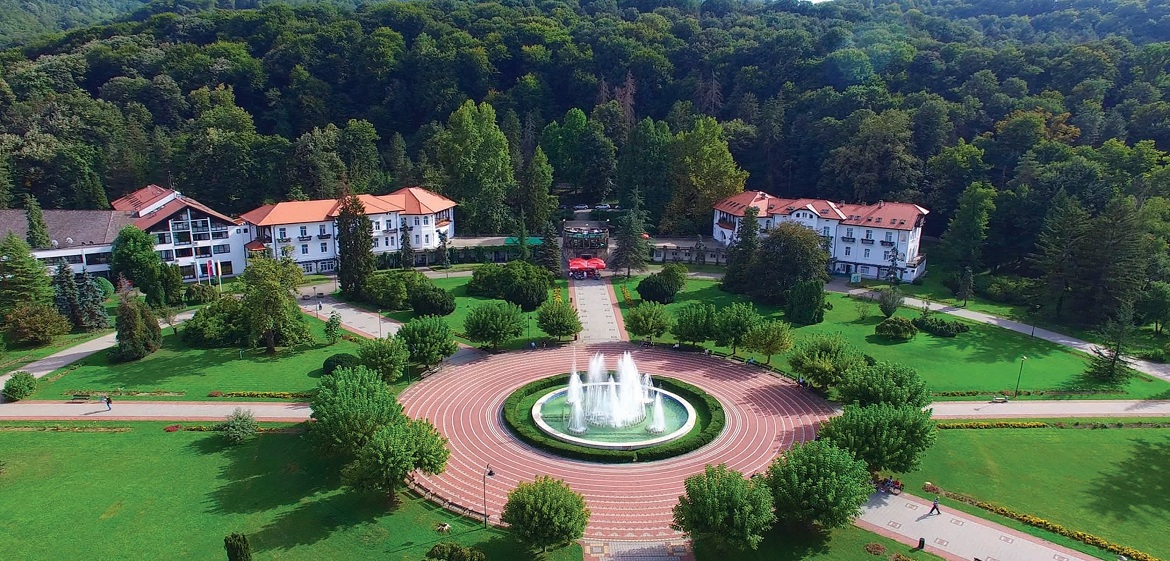
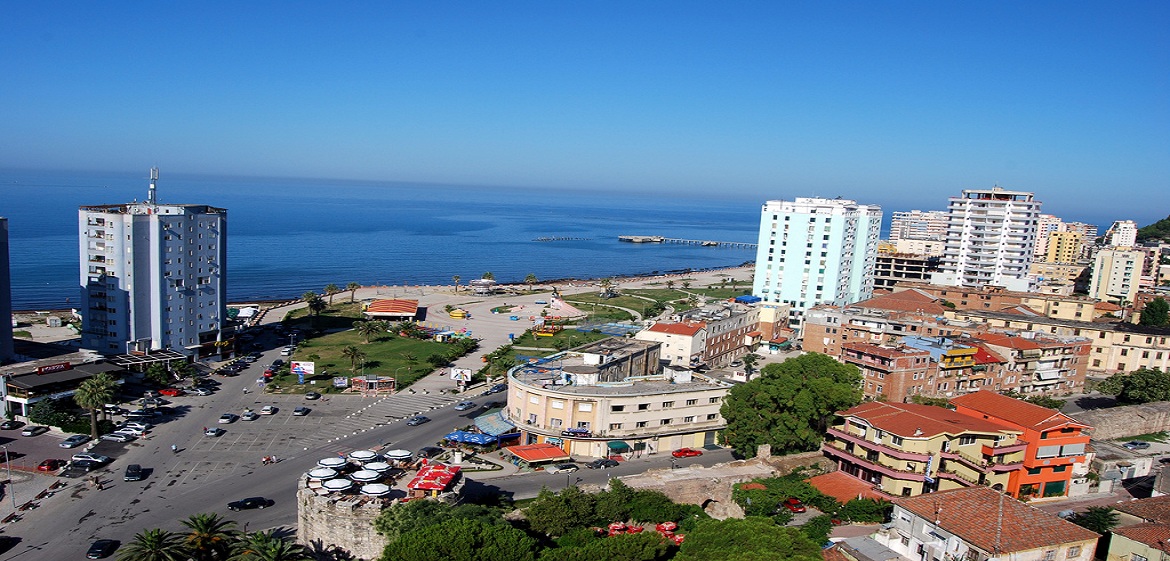

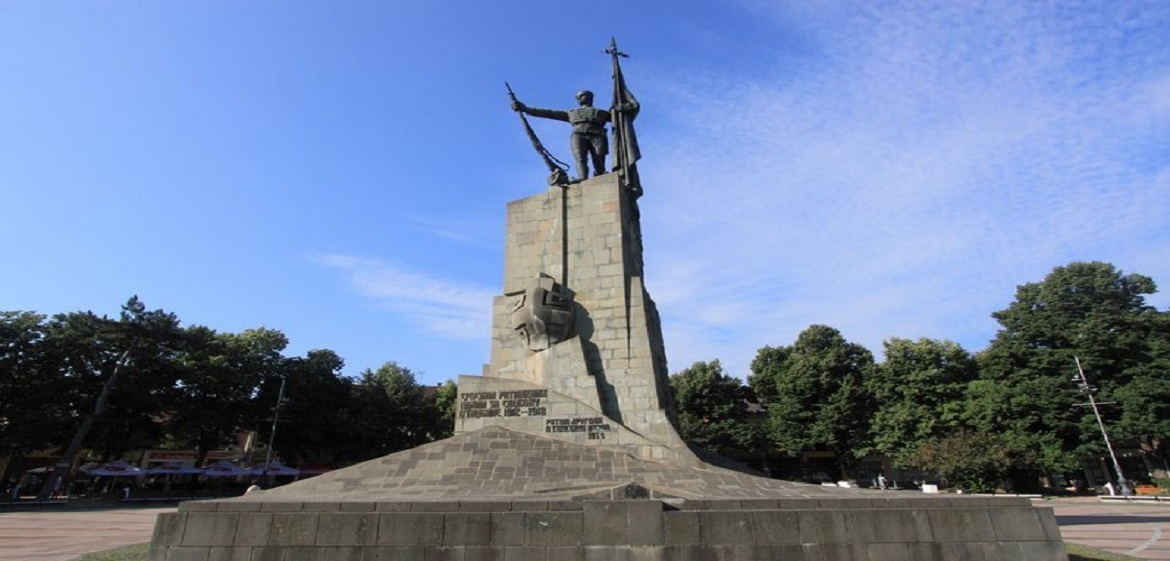
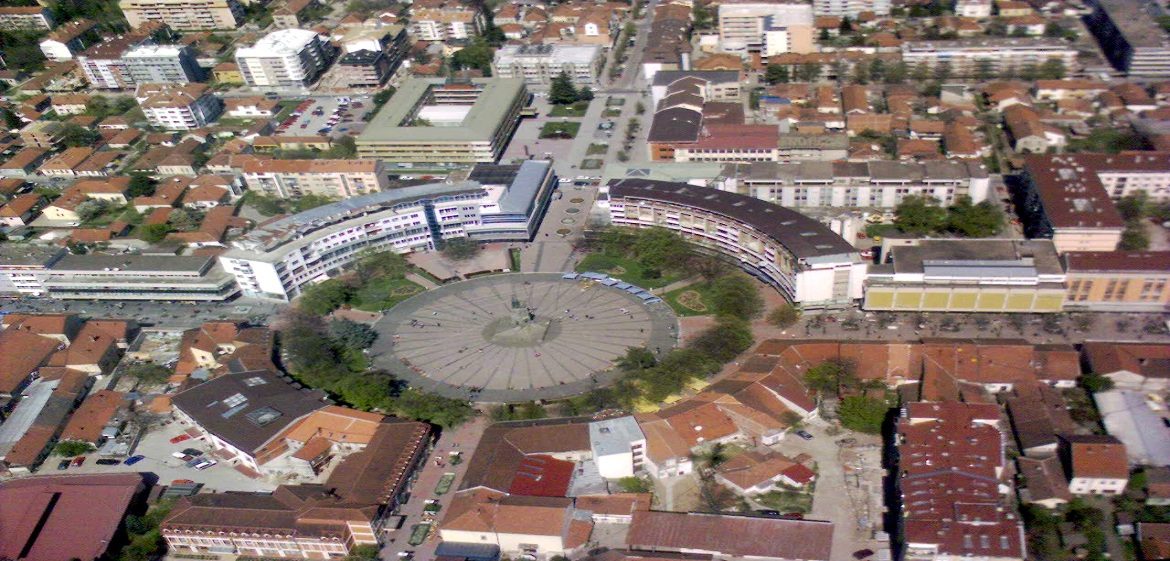
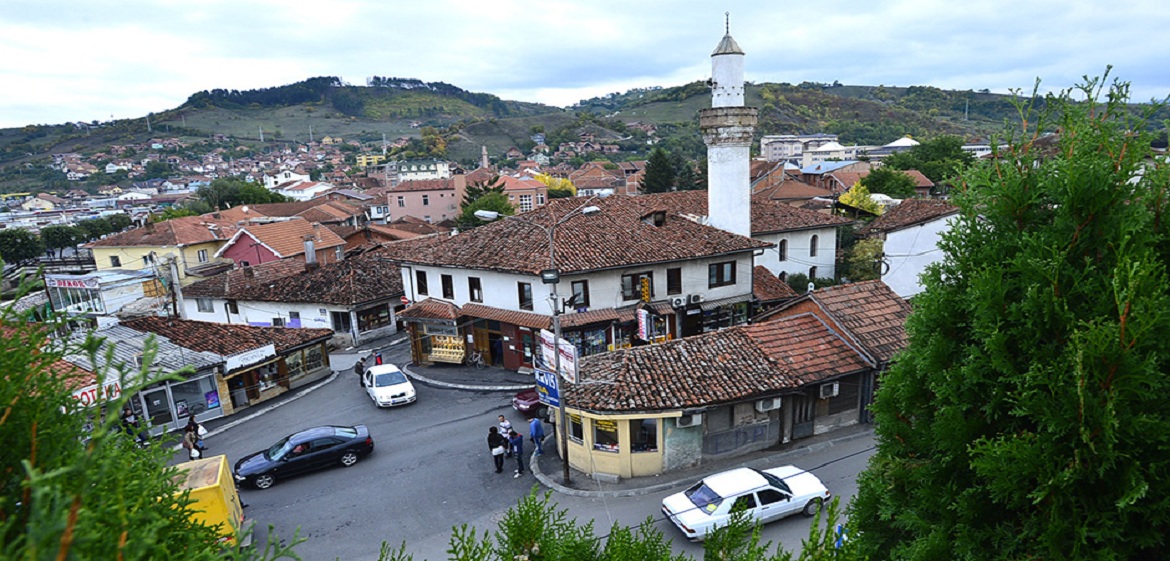

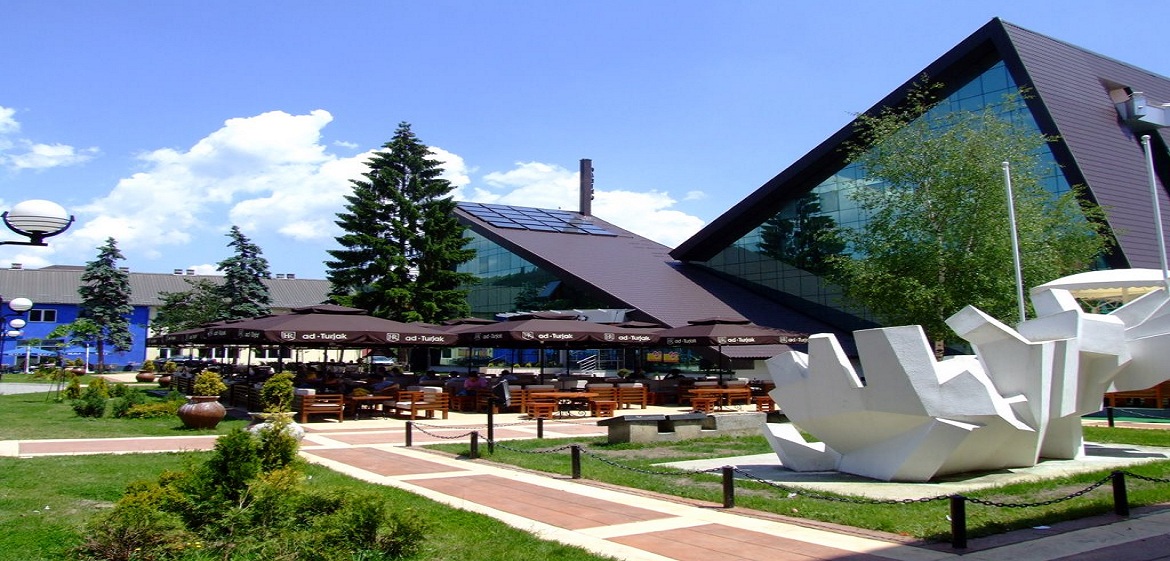
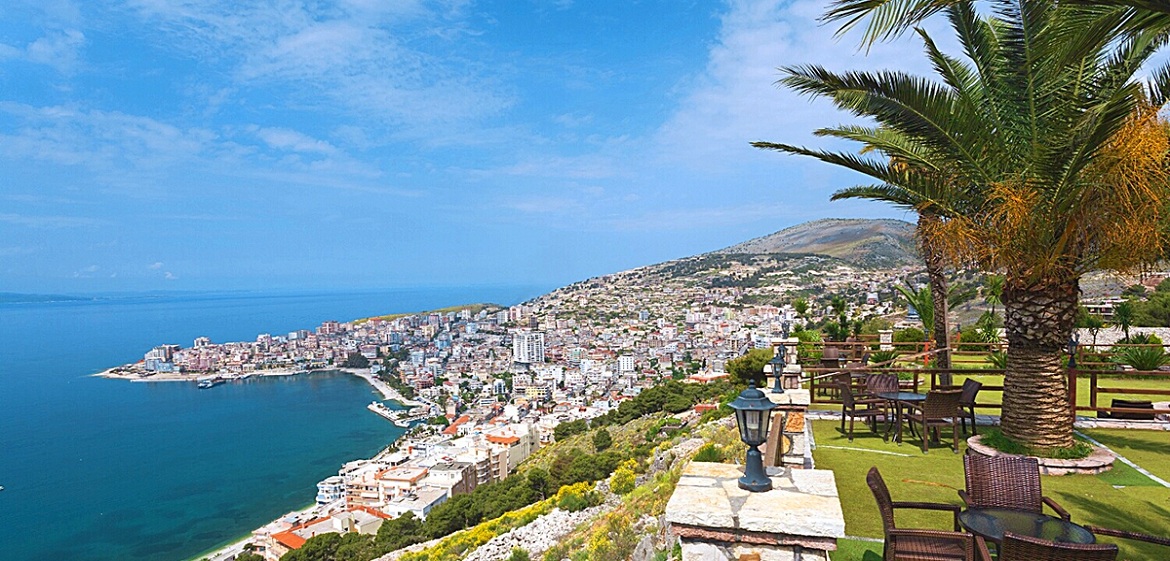

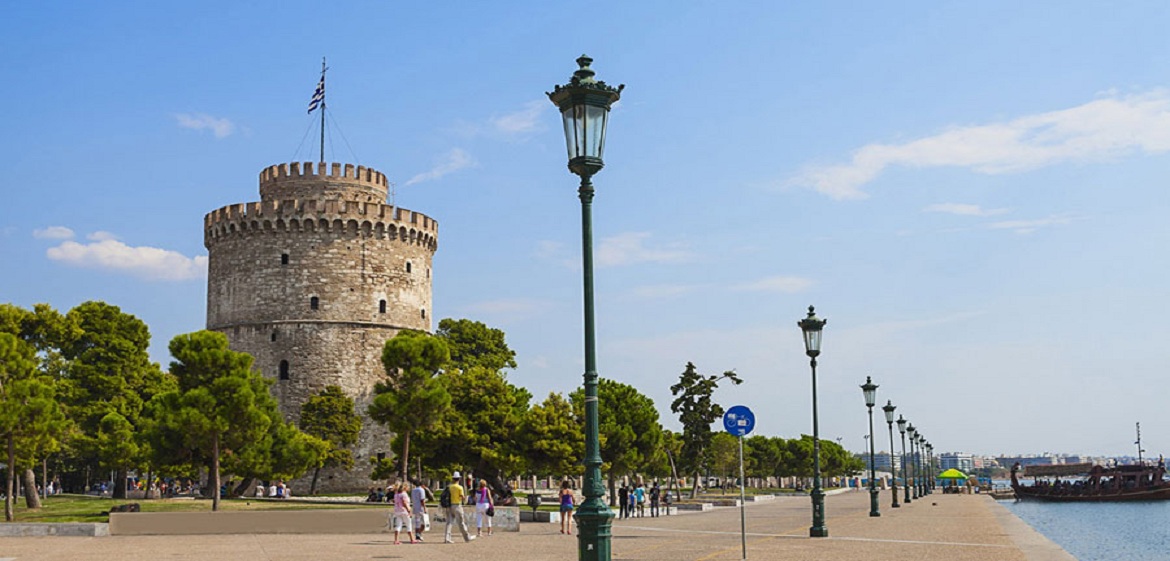
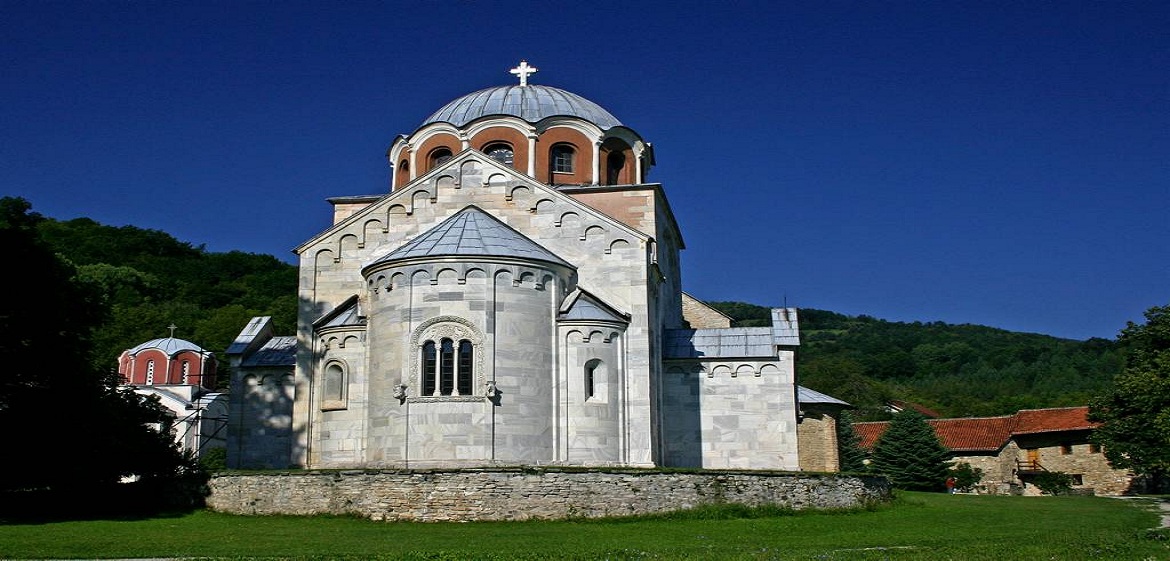
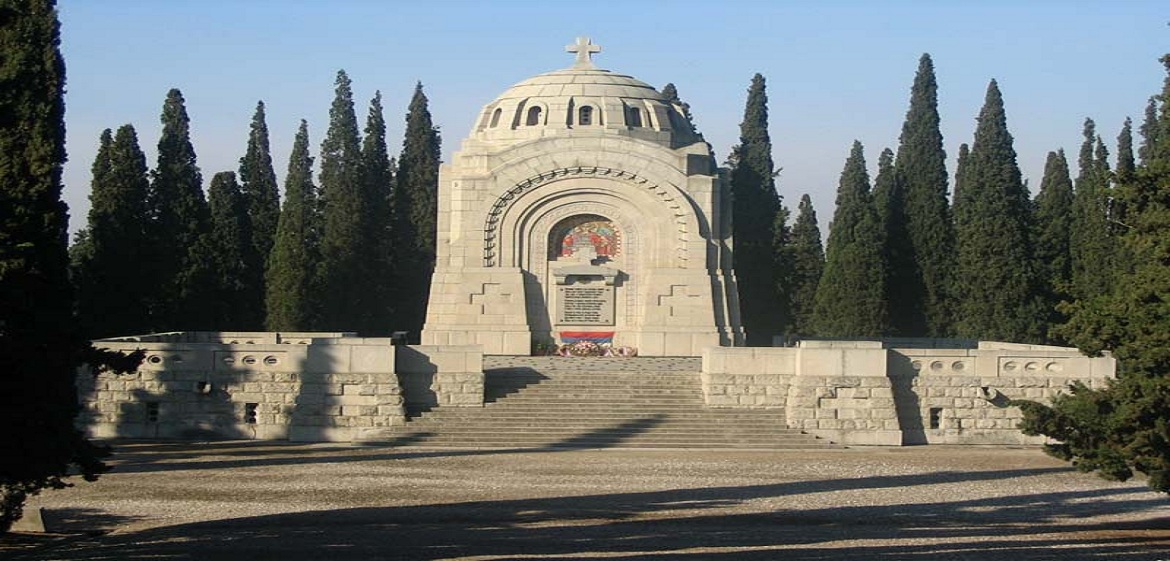
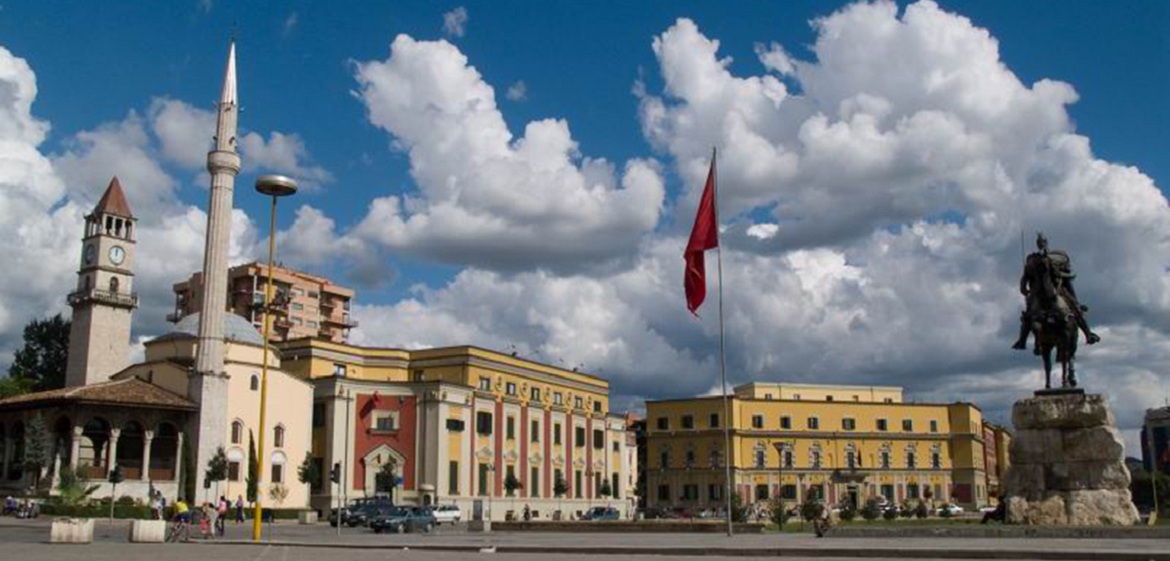
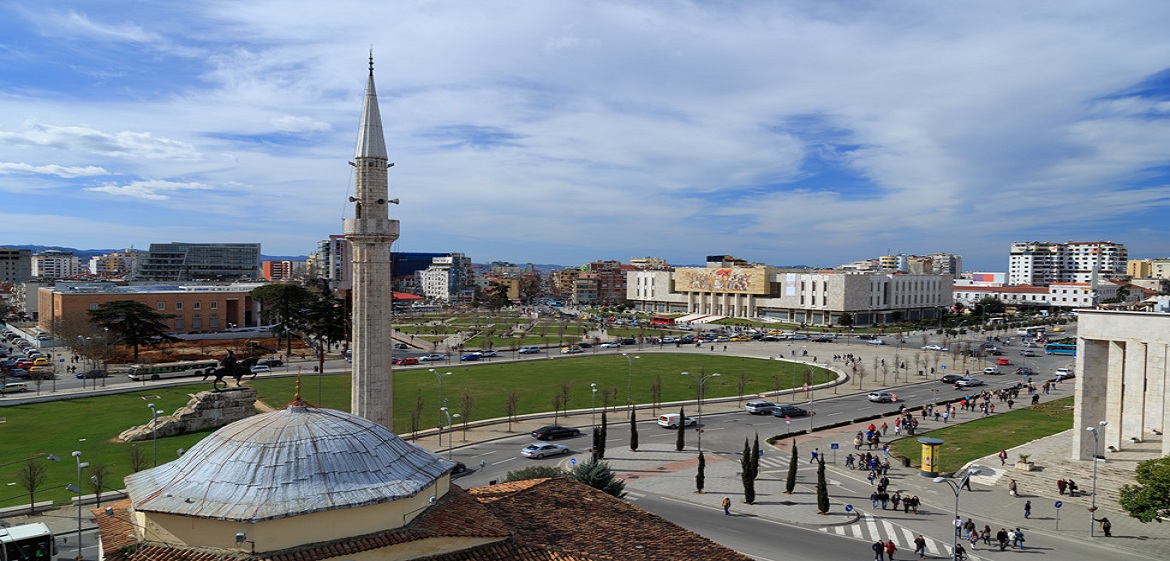
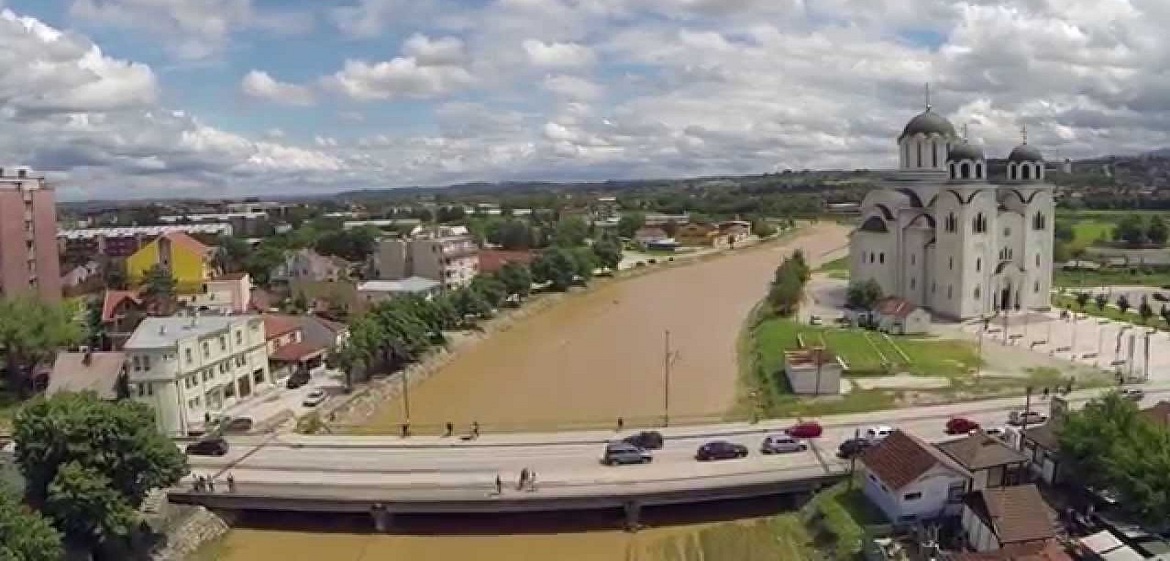
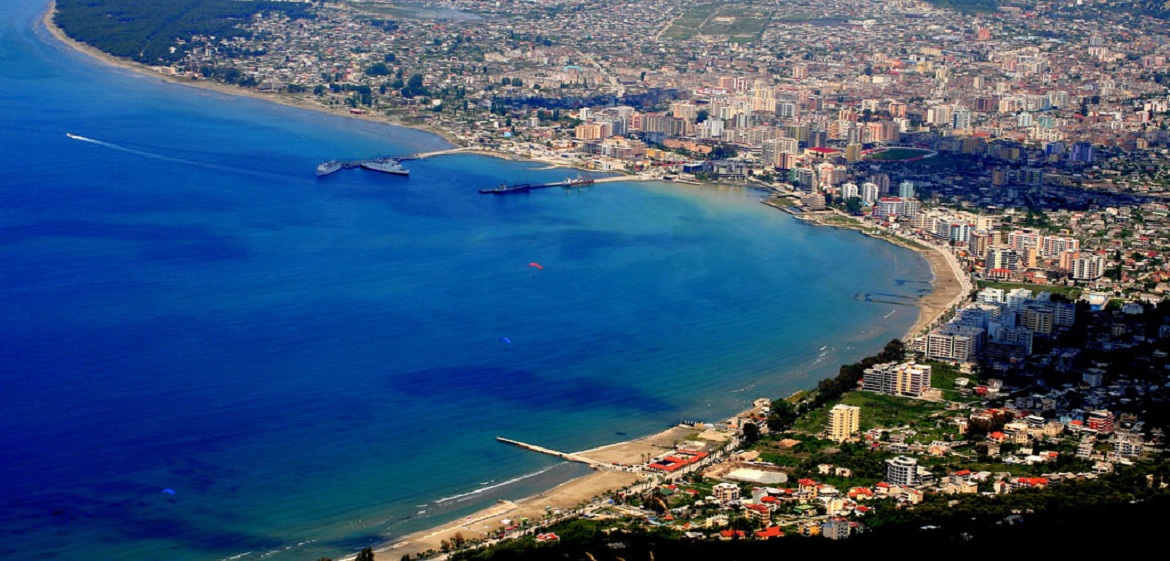
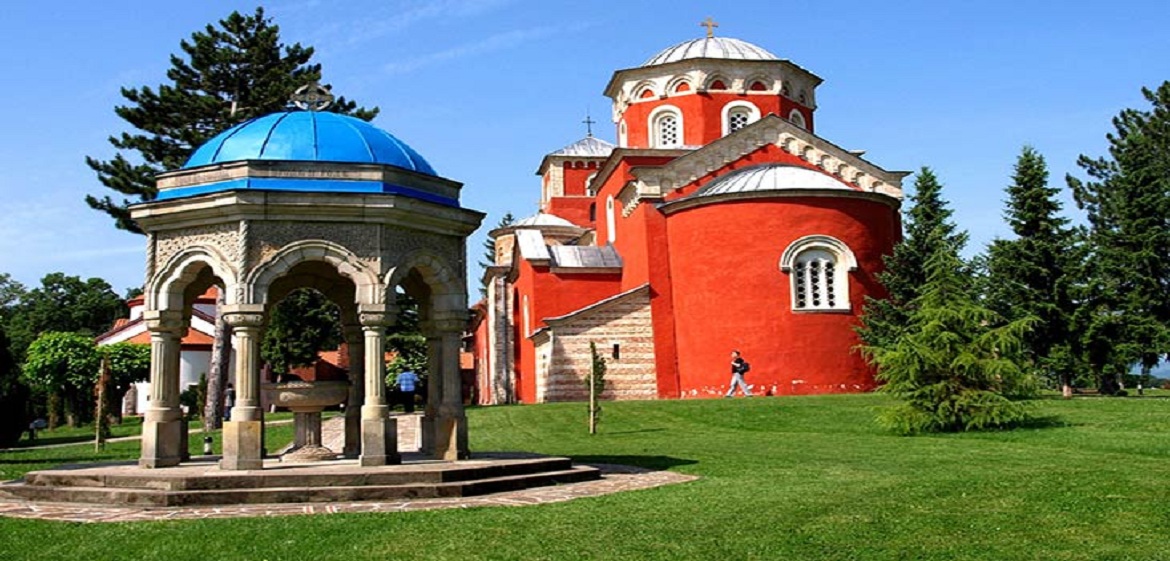
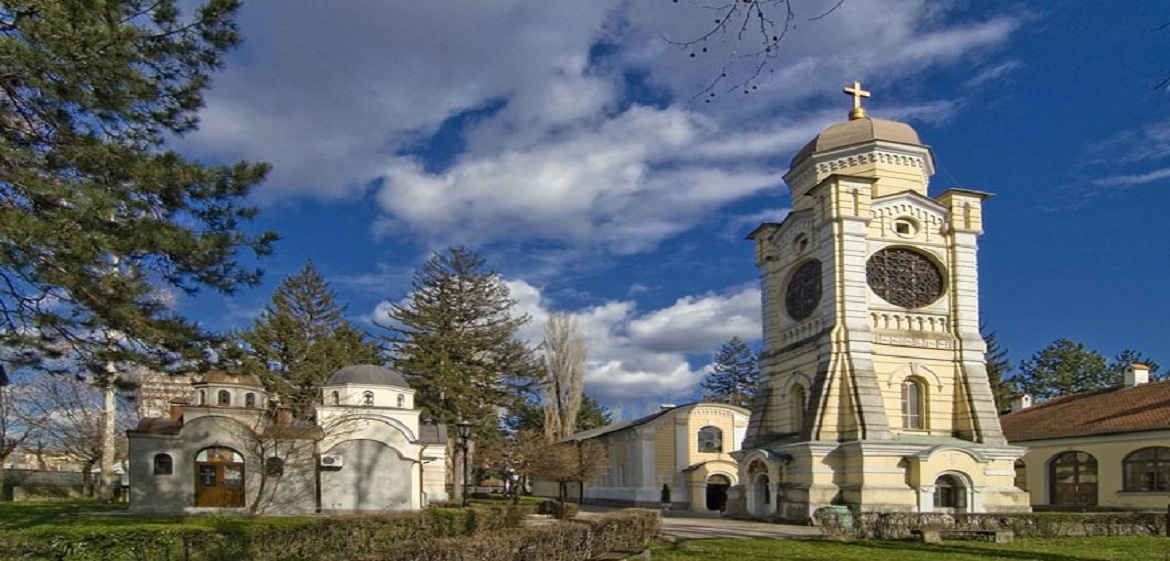
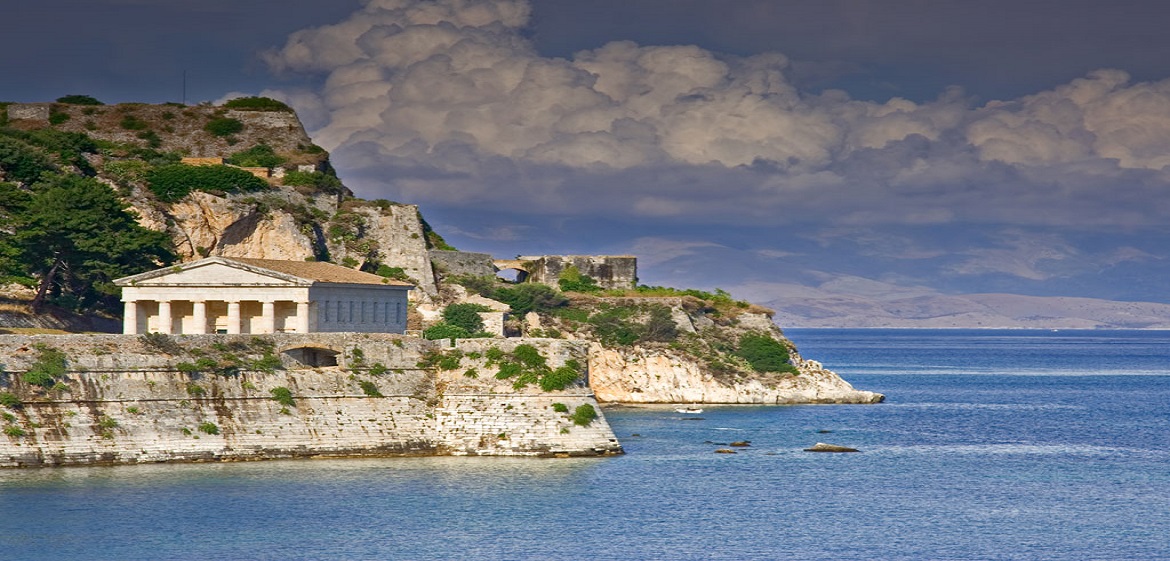
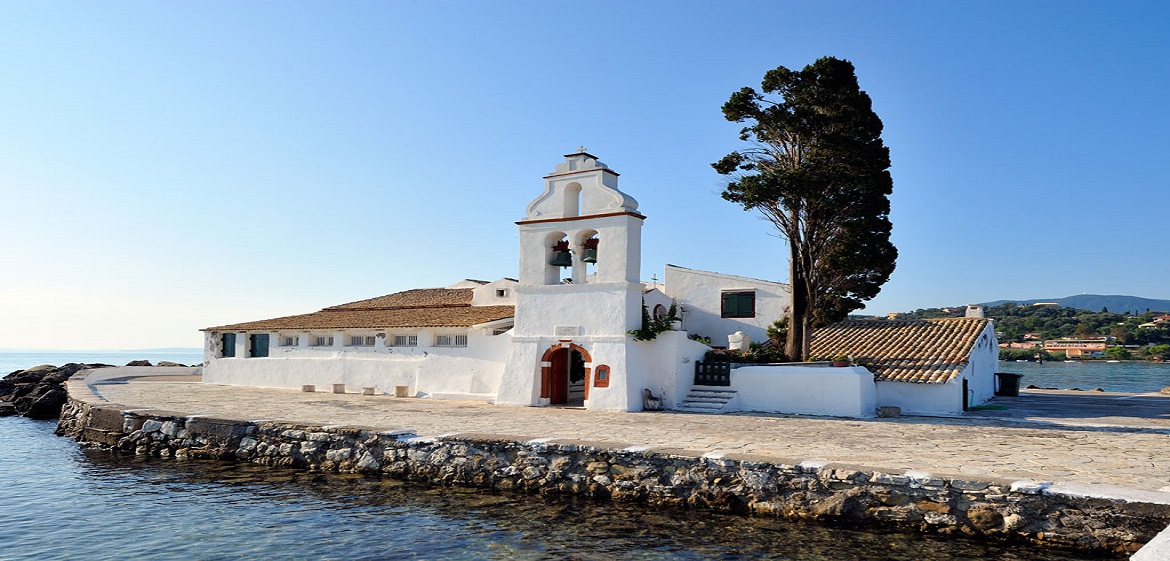
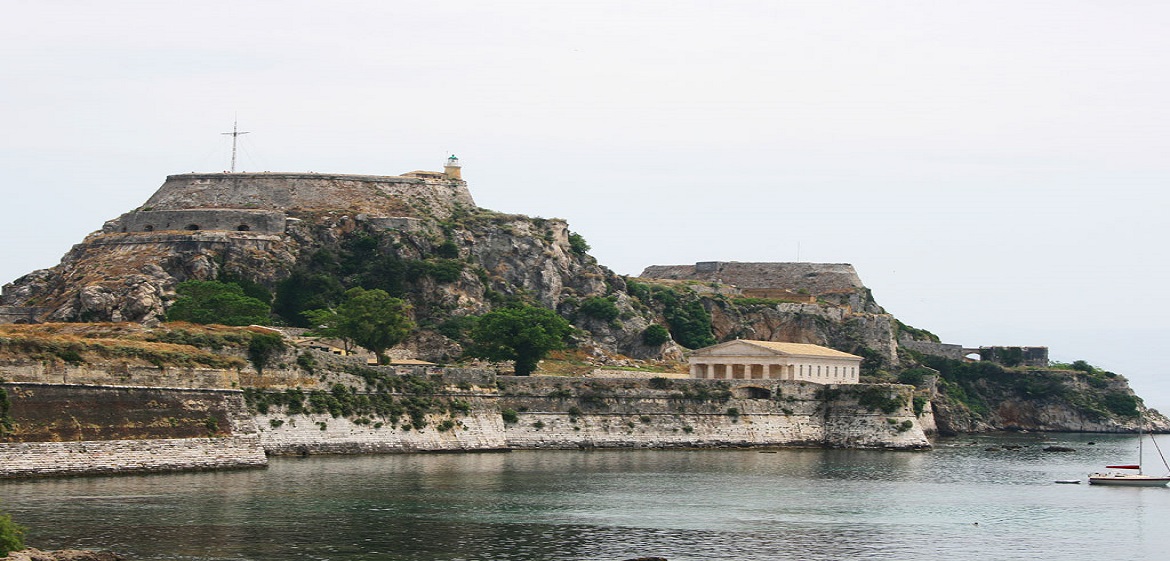

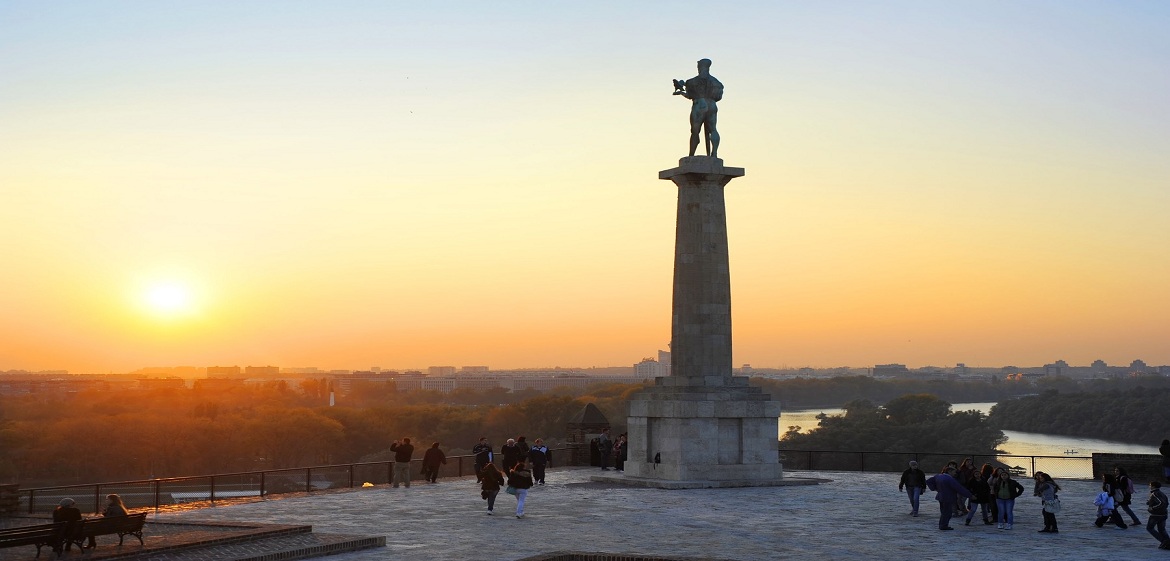
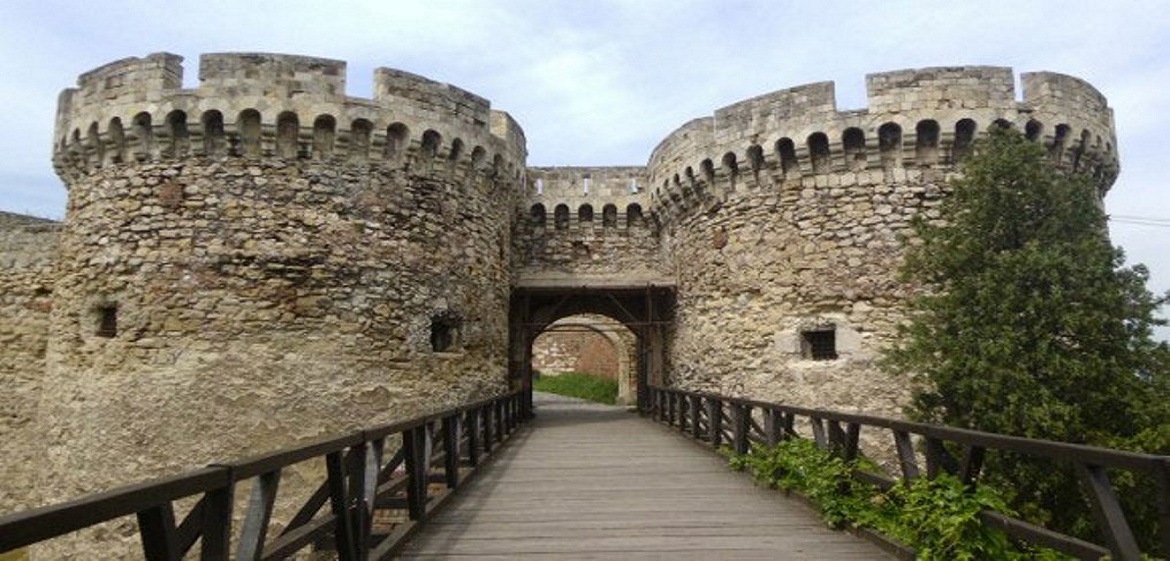
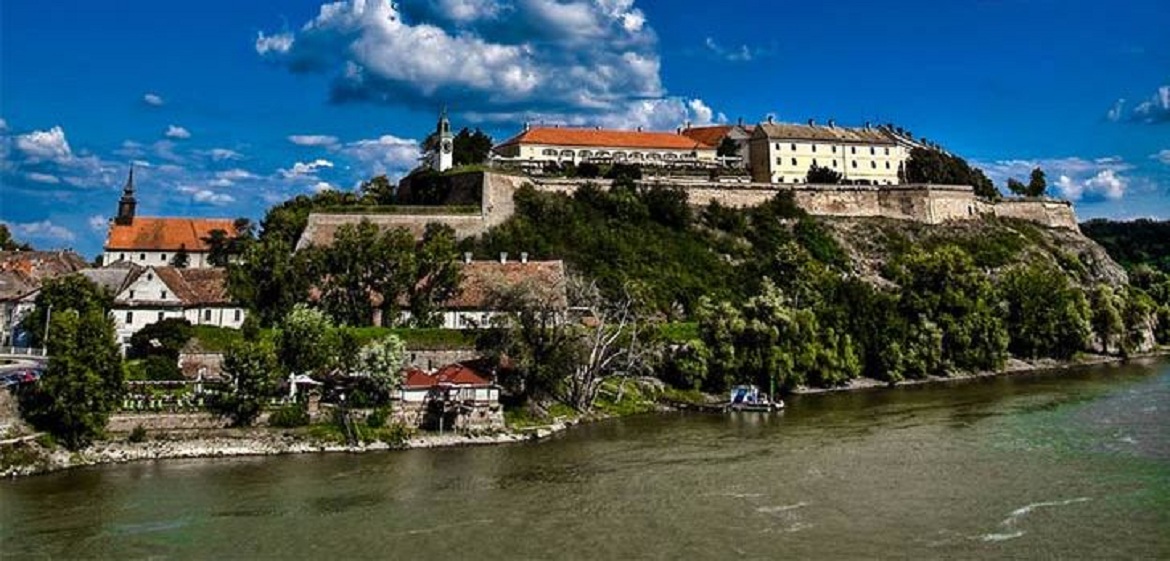
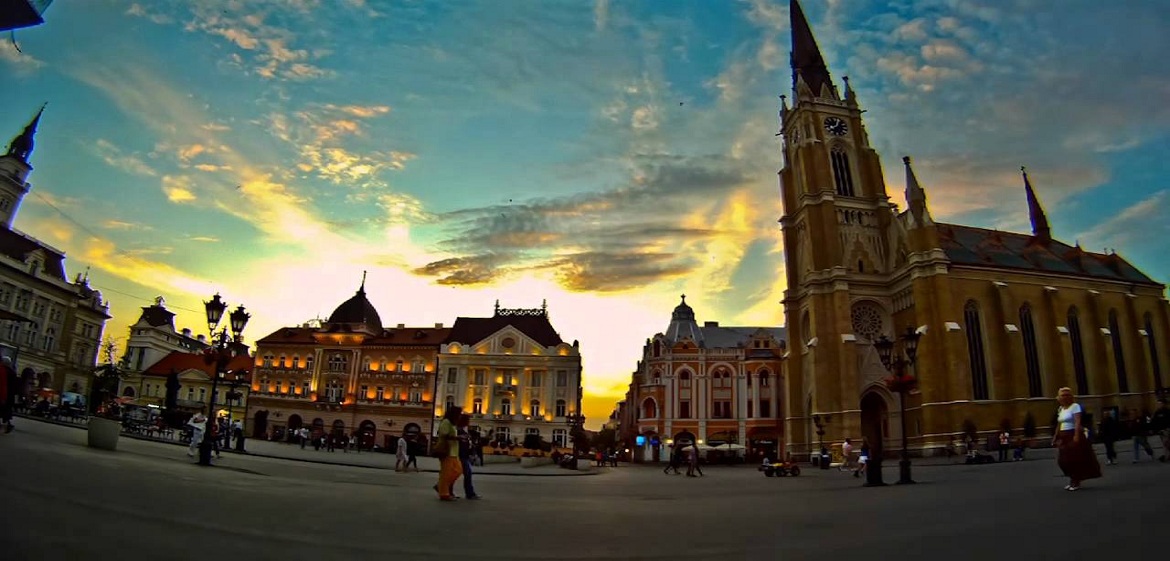

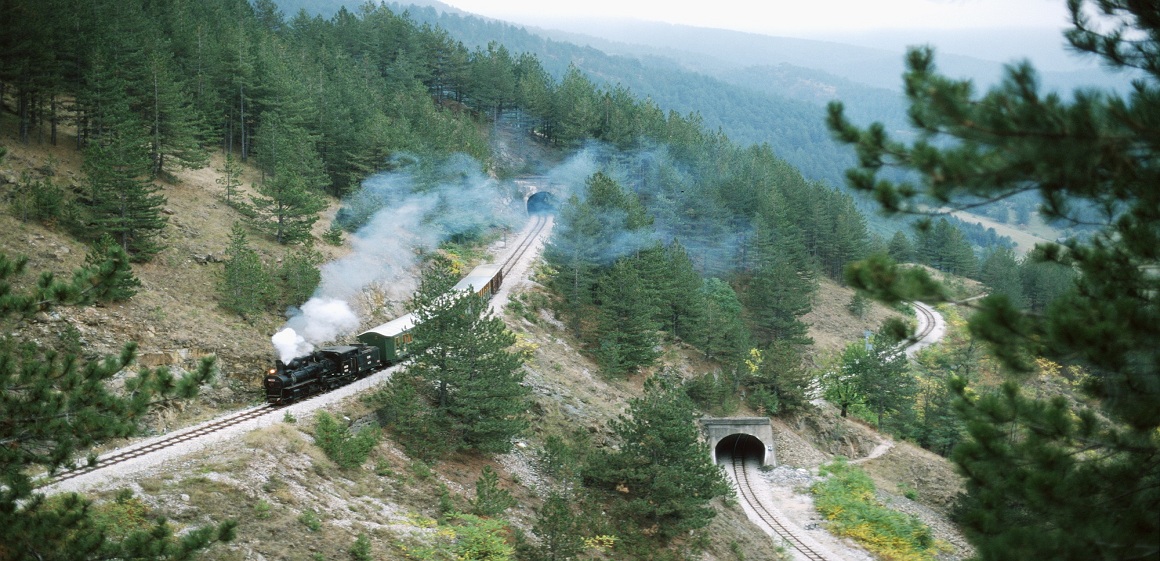
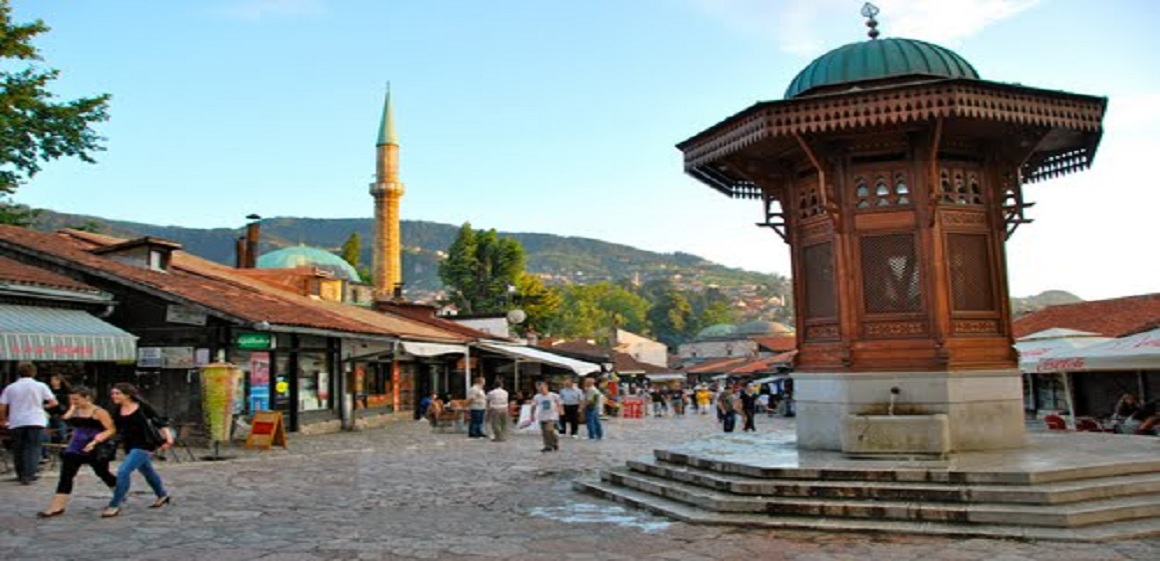
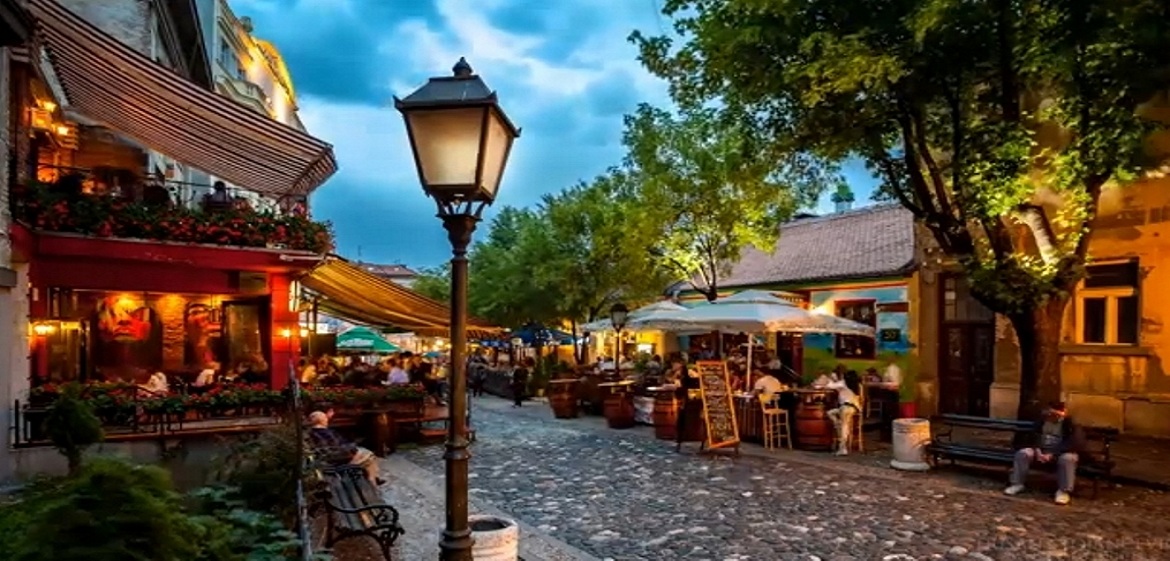
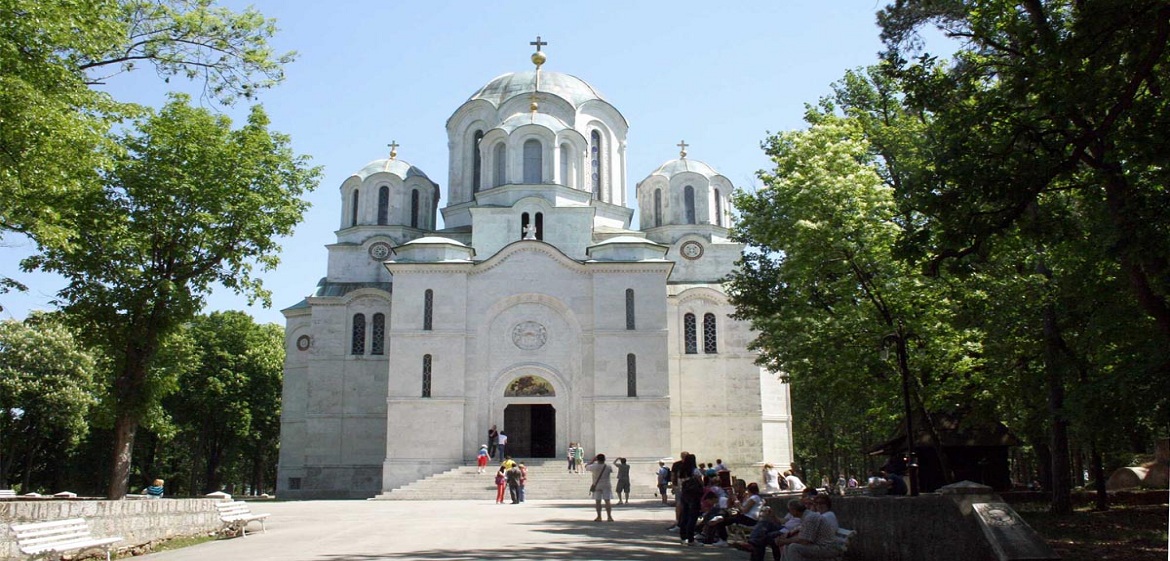
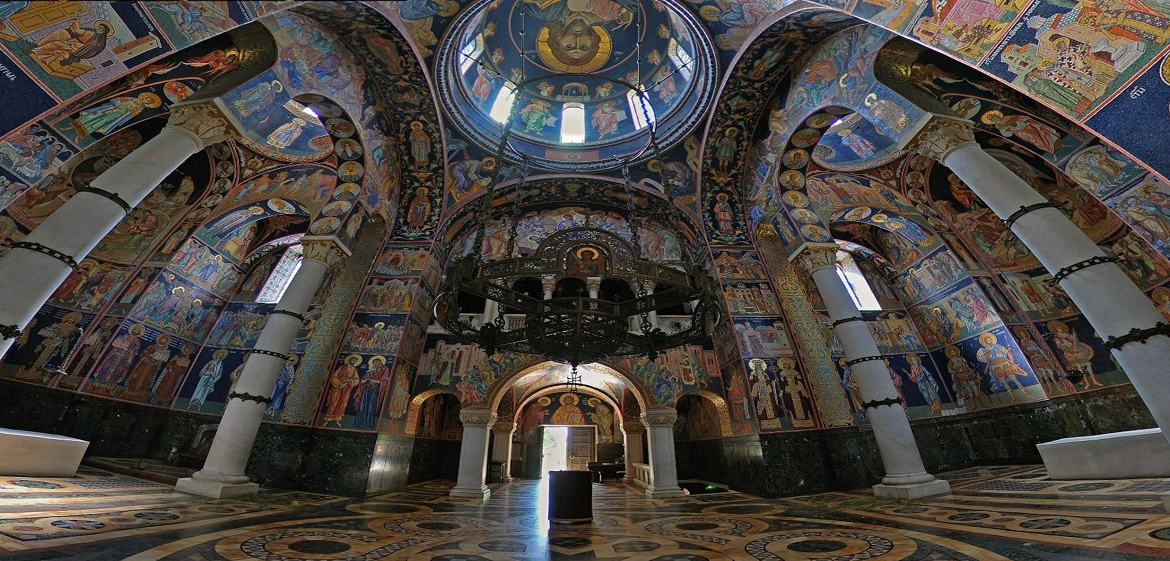




Get Social